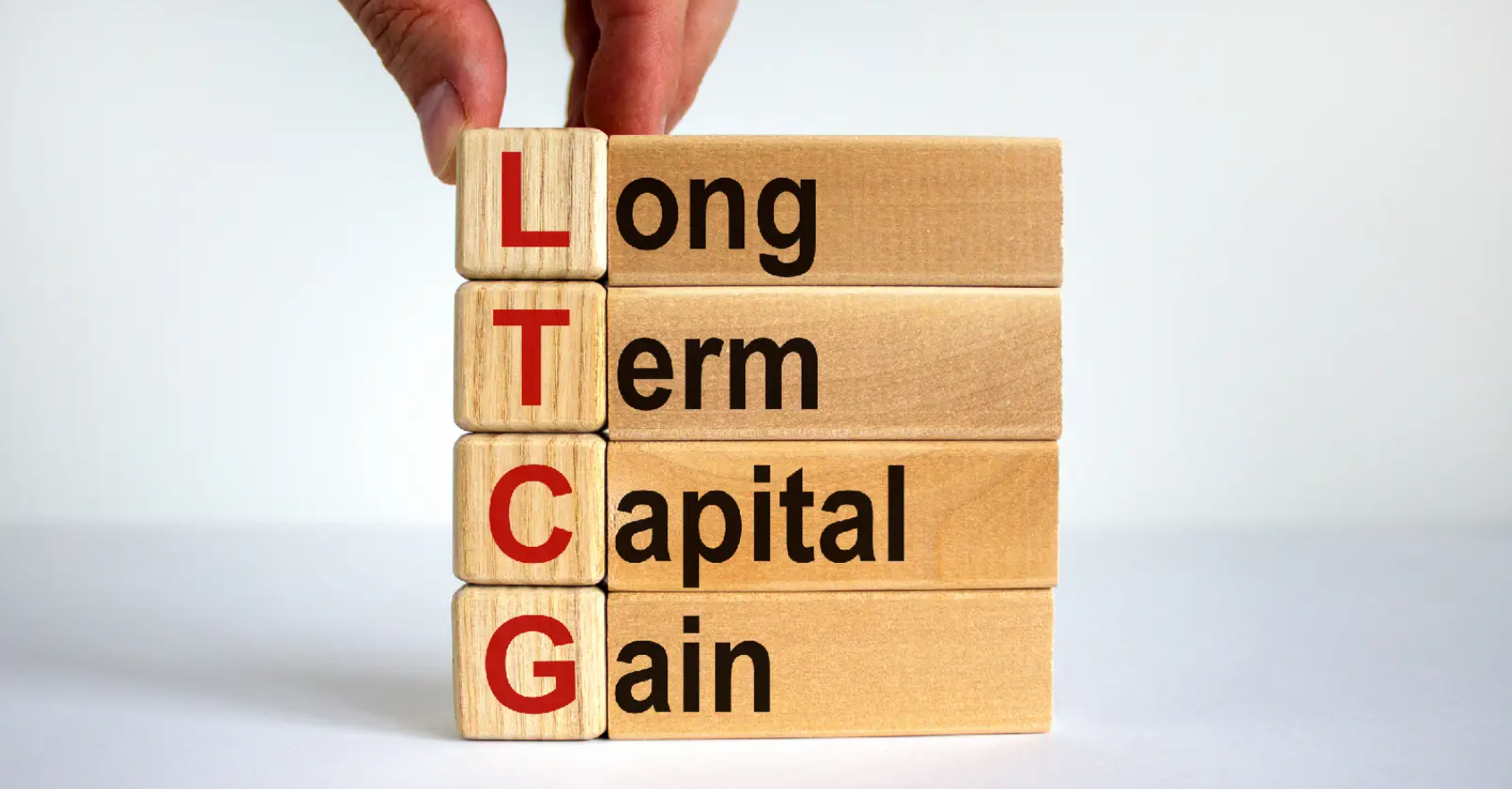Calculating Long-Term Capital Gains: A Comprehensive Guide
Calculating Long-Term Capital Gains
The calculation of long-term capital gains is a straightforward process that involves the following steps:
Determine the Fair Market Value (FMV) of the asset as on 31st January 2018, or the actual cost of acquisition, whichever is higher. Add the cost of any improvements made to the asset. Deduct from the total cost of acquisition or the FMV, along with any expenses incurred in connection with the sale of the asset. The result is the capital gains earned from the sale of the asset.
The next step is to determine the indexation cost of the asset. Indexation is the process of adjusting the cost of the asset for inflation. The government releases an indexation chart every year, and investors can use this chart to calculate the indexed cost of the asset. Subtract the indexed cost of the asset from the sale price of the asset. The result is long-term capital gains.
Long-term capital gains are taxed at a rate of 20%, plus applicable surcharge and cess. However, investors can claim a tax exemption under Section 54 or 54F of the Income Tax Act, 1961, if they reinvest the gains in certain specified assets like real estate or certain bonds.
Example:
Suppose an individual bought a house for Rs. 50 lakhs in 2010 and sold it in 2022 for Rs. 1 crore. The FMV of the house as of 31st January 2018 was Rs. 70 lakhs. The individual made some improvements to the house that cost Rs. 5 lakhs. The expenses incurred in connection with the sale of the house were Rs. 2 lakhs. Using the above formula, we can calculate the long-term capital gains earned by the individual as follows:
Cost of acquisition or FMV (whichever is higher) = Rs. 70 lakhs
Cost of improvements = Rs. 5 lakhs
Expenses incurred = Rs. 2 lakhs
Total cost = Rs. 77 lakhs
Sale price = Rs. 1 crore
Capital gains = Sale price - Total cost
= Rs. 1 crore - Rs. 77 lakhs
= Rs. 23 lakhs
Indexed cost of the asset = (Cost of acquisition + Cost of improvements) x (Indexation factor for the year of sale / Indexation factor for the year of acquisition)
= (Rs. 55 lakhs) x (317/167)
= Rs. 1.04 crores
Long-term capital gains = Sale price - Indexed cost of the asset
= Rs. 1 crore - Rs. 1.04 crores
= - Rs. 4 lakhs (since the indexed cost is higher than the sale price)
In this example, the individual has incurred a long-term capital loss of Rs. 4 lakhs, which can be set off against any long-term capital gains earned by the individual in the future.
Conclusion
Calculating long-term capital gains is a crucial aspect of tax planning, and investors need to understand the formula and steps involved in the calculation to avoid any mistakes or errors. It's important to keep accurate records of the cost of acquisition, cost of improvements, expenses incurred, and sale price to calculate the long-term capital gains accurately. Moreover, investors should be aware of the indexation factor and use the government's indexation chart to calculate the indexed cost of the asset. The tax implications of long-term capital gains can be significant, and investors can explore various tax-saving options like reinvestment in specified assets or claiming exemptions under Section 54 or 54F of the Income Tax Act, 1961, to reduce their tax liability.
In conclusion, investors should seek professional advice and guidance from tax experts or financial planners to understand the tax implications of their investment decisions and optimize their tax planning strategies. Calculating long-term capital gains accurately is a crucial step in tax planning, and investors should take the time to understand the formula and steps involved to avoid any penalties or fines.






0 Comments
No spam allowed ,please do not waste your time by posting unnecessary comment Like, ads of other site etc.